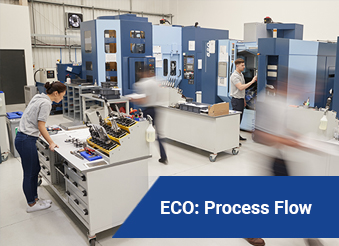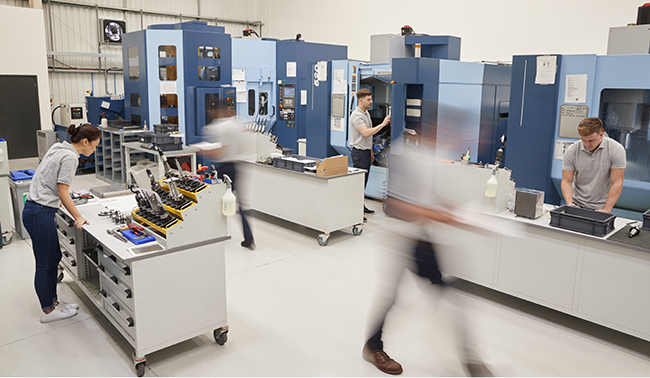
When a stakeholder requests an Engineering Change Order (ECO) for product design, an essential set of steps determines whether implementing the change would be beneficial or harmful to the company. The process flow for an ECO requires stages that ensure the company receives the most value for making the change. Let's explore the various steps of an ECO process flow.

ECO Request
After an initial release, there are a few factors that could lead to a call for change in product design. Read more about these factors in the article "What is Engineering Change Order" here. Once a stakeholder identifies the problem, the scope of the issue and its possible impact are estimated. If the change appears to be a necessity and feasible, the requestor then identifies parts, components, and documentation that might be affected. They will also estimate costs and list the resources required to implement the change.
Review
Product management then receives the ECO request and determines whether to move forward with implementing the change. The ECO request is circulated for review and discussion among key stakeholders such as engineers, quality control, business executives, and external partners when appropriate. Product management analyzes the opportunity cost, and if they agree to an ECO, begin to determine a solution to implement.
ECO Creation
Product management then generates an ECO after agreeing to the improvement or repair of the design. The ECO lists the items, assemblies, and documentation being changed.
ECO Implementation
Using the information listed in the ECO, those responsible for implementation make the requested change.
Revision (Release again)
Once the engineering team corrects the requested change, manufacturing receives the revision of the product design. The process can be repeated as many times as necessary.
Conclusion
In today's continually changing environment, companies need to be able to adapt quickly and efficiently when it is necessary to make a change in product design. Having a secure ECO process, with a strong integration of model-based engineering, is critical to ensure that proposed changes are appropriately reviewed, especially if teammates work in different regions. A reliable, universal ECO process within a company can save time and money by avoiding miscommunication.
Need Help with ECO or Workflow Automation?
Fill out the form below and a Saratech Solutions Consultant will assist you as soon as possible:


